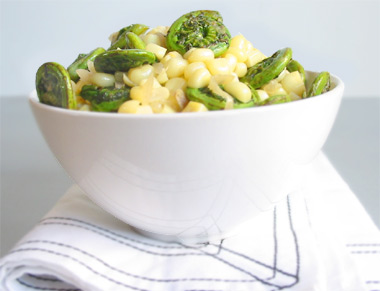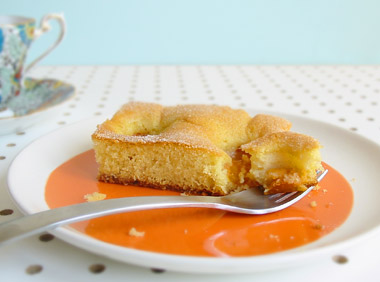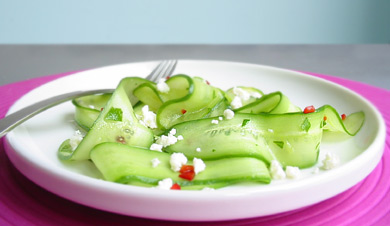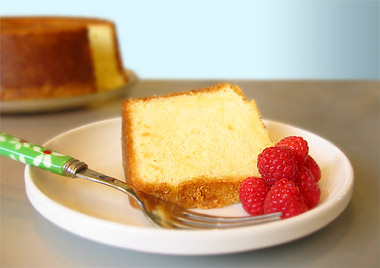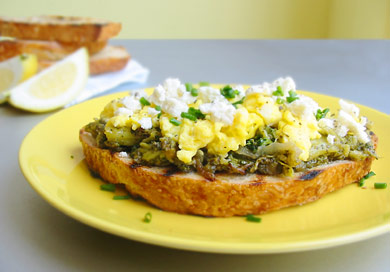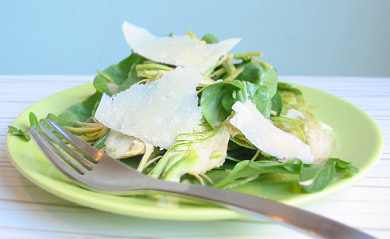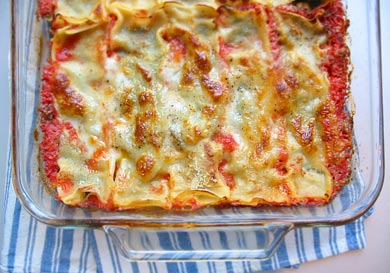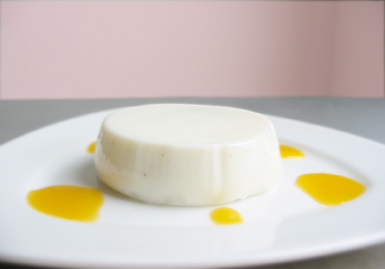 Each summer in Oakland there is a large carnival that comes to town a few times during the season. Driving along the freeway you will see it in the distance; the outline of the rickety Ferris wheel, neon lights a-glow; the tilt-a-whirl spinning around at breakneck speeds. Each year I squeal with joy at its arrival, and remark to Brian that we will have to return when we have ample time to experience the three C’s. What are the three C’s you ask, scratching your chin inquisitively?They are Corn Dogs, Carnies, and Cotton Candy, of course.
Each summer in Oakland there is a large carnival that comes to town a few times during the season. Driving along the freeway you will see it in the distance; the outline of the rickety Ferris wheel, neon lights a-glow; the tilt-a-whirl spinning around at breakneck speeds. Each year I squeal with joy at its arrival, and remark to Brian that we will have to return when we have ample time to experience the three C’s. What are the three C’s you ask, scratching your chin inquisitively?They are Corn Dogs, Carnies, and Cotton Candy, of course.
And each year, no matter how much I diligently swear to make it over to the Alameda County Fair, I inevitably miss it. I can merely reflect on the halo of the ferris wheel, never having experienced it first-hand. (In fact, I don’t think I would even go on the rides; there is just something monumentally unsettling about going on a ride that can be packed up, and journey to the next town on a moment’s notice.) So, sad but true, it has been far too long since I have partaken of the three C’s in concert. But I will take any one of the three C’s any way I can get it; even if that means creating it myself.
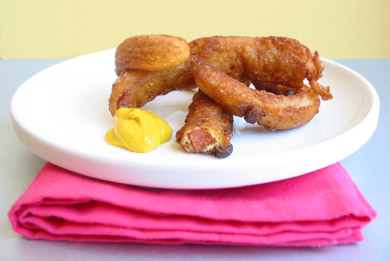 When I saw this recipe for Curly Corn Dogs in last August’s issue of Food and Wine, I knew it was one to keep. And it only took me just about a year to make these fried packages of greasy goodness. Slightly different from the standard corn dog, which are deep fried on a stick, these corn dog curls are sliced lengthwise, into hot dog batons, then dipped into a moderately sweet, cornbread batter. Then the batons are fried in a shallow pool of oil, where they achieve their moniker of curl by bending slightly, due to their stick-less nature.
When I saw this recipe for Curly Corn Dogs in last August’s issue of Food and Wine, I knew it was one to keep. And it only took me just about a year to make these fried packages of greasy goodness. Slightly different from the standard corn dog, which are deep fried on a stick, these corn dog curls are sliced lengthwise, into hot dog batons, then dipped into a moderately sweet, cornbread batter. Then the batons are fried in a shallow pool of oil, where they achieve their moniker of curl by bending slightly, due to their stick-less nature.
These corn dogs were definitely odd, squirming around in a pool of oil, but they were pretty darn good. Crisp outside, with a greater, pleasing ratio of cornbread to hot dog, they did just the trick to curb my longing for a morsel from the fair. I will always miss the carnies, looking haggard from one too many years on the road, and one too many children crying that they want to go on the tilt-a-whirl one last time. And the cotton candy, spun into a pastel cloud, and plunked onto a cardboard cone, will sadly be missed. But it’s nice to know that I can at least get a little taste of the county fair whenever I choose.


